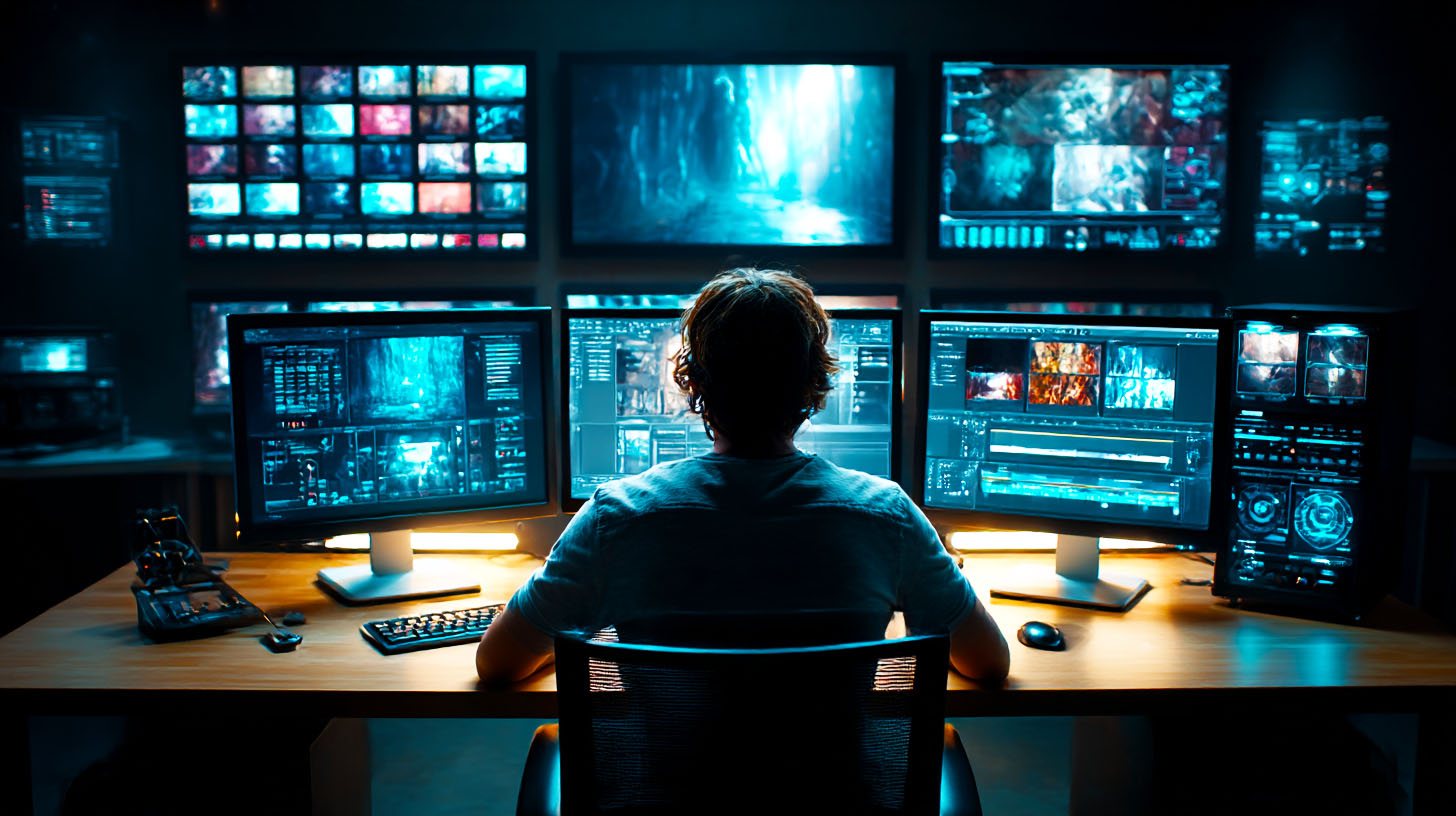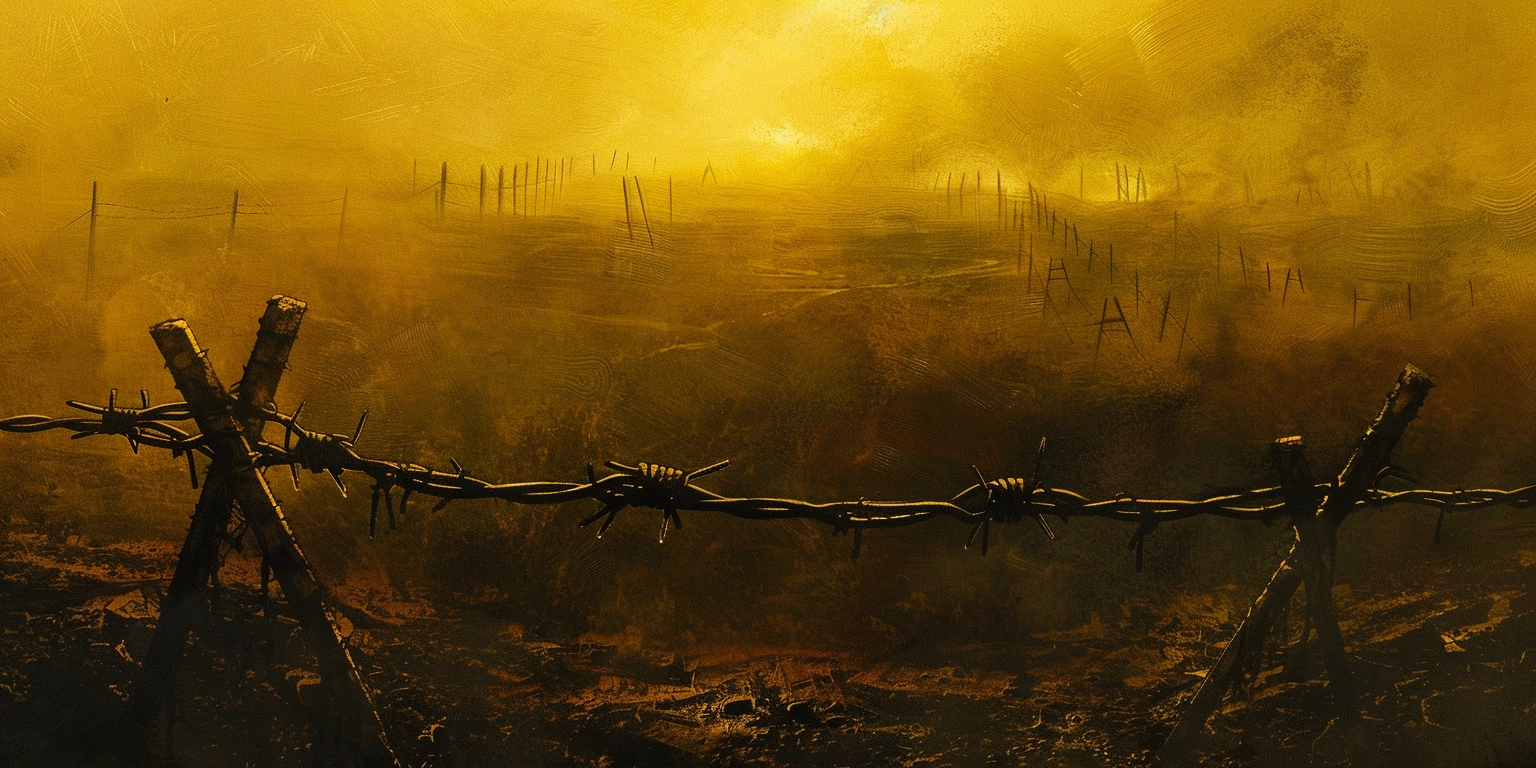Innovation not Intimidation

Copyright law must strike a fine balance between incentivising creators and ensuring that new creative works can be built on the back of existing works. In the context of modern online content distribution this may call for an amendment of existing laws.






